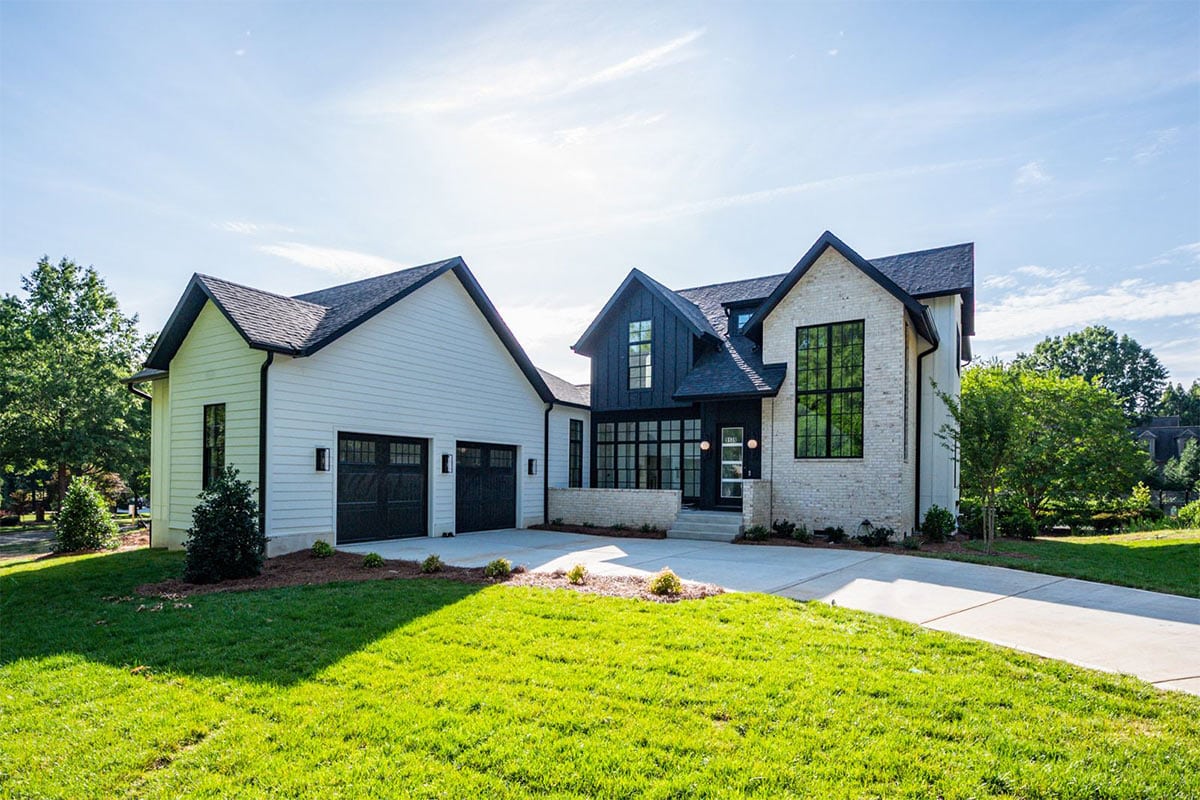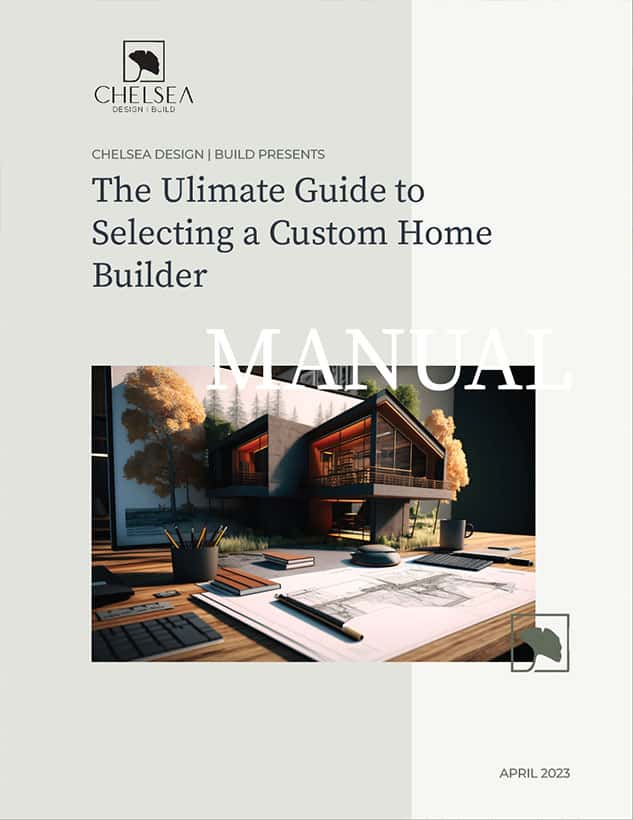
Customizing a home can bring a sense of fulfillment and joy. It’s an opportunity to realize a lifelong dream and provide for your family’s basic needs. But more than allowing you to design your house how you’ve always wanted, customization lets you choose materials that will ensure your home will stand the test of time.
Whether you intend to grow old in your property and hand it down as an inheritance to the younger members of your family or eventually sell it to a discerning real estate buyer for a reasonable price, it would be ideal to use high-end, durable materials when you build a custom home.
In this blog, we’ll talk about different construction materials that are worth the cost and effort of acquiring.
Choosing Custom Home Building Materials
One of the biggest challenges of designing a customized home is ensuring that it is as sturdy and resilient as it is aesthetically appealing. Another is executing the blueprint and bringing your vision to life. Finally, choosing the right building materials will be instrumental in actualizing your design and ensuring that your home is structurally sound.
Before we show you examples of high-quality custom home building materials, let’s quickly go over some important factors:
- Upfront cost – Acquiring materials can take a significant proportion of a construction budget. Be that transporting materials from suppliers in distant locations can sharply raise prices, especially if the products can only be transported using semi-trailers or air-lifted by a private chopper, for example.
- Life expectancy – Compare the prices and the cost of transporting the materials to your property against their expected service life. A superior quality building material that can last for decades is usually a worthy purchase. However, if the cost far exceeds your budget, you may consider alternatives with the highest life expectancy in a lower price range.
- Durability – Discuss the durability of your preferred materials with your engineer. Aesthetics are important, but the integrity of your home – and your family’s safety – should never be compromised. You may want to also consider the climate in your location, the natural environment, and whether the place is prone to floods, hurricanes, or earthquakes. It would be wise to choose materials that can withstand these conditions.
- Energy efficiency – A house is a long-term investment, so it would be ideal if you could get long-term cost savings on energy consumption. Consider materials that provide excellent insulation or have low heat transfer coefficients.
- Maintenance – Low-maintenance materials are appealing because they are hassle-free. But remember that low-maintenance materials aren’t immune to damage and wear and tear. So if the maintenance requirements are well within your means and capability to provide, then you can choose construction materials that are relatively high-maintenance.
- Aesthetic quality – Finally, you’ll want to use materials that stay true to your vision. It’s a matter of weighing the pros and cons and choosing priorities. If all other factors check out – affordability, durability, energy efficiency, etc. – then you can freely pick a material that matches the facade of your dream home.
Top Building Materials To Consider When You Build a Custom Home
Here are examples of popular custom home building materials with high aesthetic appeal, durability, longevity, and other favorable qualities:
Walls and Framing
- Stone – Versatile and long-lasting, stones are an excellent choice for homes that lean towards natural or organic design. What’s great about stone is you can use it for floors, walls, steps, and countertops.
- Brick – Bricks inlaid with mortar are ideal for pillars and load-bearing walls. They are durable and suitable for the outdoors but also make for beautiful indoor accent walls.
- Wood – The advantage of wood is its availability and abundance. Hardwood may be a bit more expensive and some species harder to acquire, but they meet high durability, longevity, functionality, and beauty standards. Wood can be used almost anywhere in a house: walls, floors, frames, counters, and ceilings. You can take your interior design step further by harmonizing your wooden floors and walls with your furniture.
- ICF – Insulated concrete form or ICF is a concrete wall with foam insulation on both sides. They are highly energy efficient and resistant to pests. They are also durable and can withstand tornadoes and hurricanes.
- Structural steel – Steel framing is an unusual choice for residential buildings, but it offers so much flexibility and convenience in construction. They are strong and durable yet lightweight, which could save you transportation costs.
Roofing
- Terracotta – Elegant and attractive, terracotta tiles are a classic choice that exudes taste and sophistication. The distinctive orange-red color suits many design concepts, from Spanish and Mediterranean to modern industrial. These tiles are weather resistant and provide an extra layer of roof insulation. Well-maintained terracotta can reportedly last a hundred years, making them a worthwhile investment.
- Composite shingles – Composite shingles offer the best of all roofing materials. Also known as synthetic shingles, they are a mixture of materials known for their weather resistance, durability, insulation, and lightness, among others.
- Fiber cement – An excellent middle ground between natural and synthetic, fiber cement is ideal for nearly every climate. It is often used as a siding material, but modern builders also use it as a roof finishing material. Fiber cement can resemble the look and texture of wood and natural stone and offer better resistance to fire, rot, pests, and weather.
Flooring
- Marble – Most people will agree that marble is a true quality building material. It is beautiful and durable and ranges from affordable to ultra-expensive. No matter your budget or the design or theme of your home, you’ll find many marble products to choose from.
- Stone – Stone flooring has a natural aesthetic that’s perfect for both modern and traditional homes. It is beautiful, durable, and can stand up against high traffic, food spills, and moisture.
- Concrete – As modern industrial homes became more popular, so did concrete floors. They have a clean, minimalist appearance that goes well with Scandinavian and industrial concepts. It is also more affordable than hardwood or even tile because it only needs high-quality finishing to be smooth and glossy.
- Tiles – If you’re aiming for a specific look for your home but have budget constraints, tiles can save your day. There are many options in all price ranges, just like marble (although tiles offer much cheaper alternatives). Best of all, they offer so much variety in color, texture, and sizes, which is advantageous for custom homes. The durability differs depending on the type of material, however, so that’s something to consider when choosing tiles.
Build a Custom Home With Chelsea
It’s easy to sketch beautiful home exteriors and outdoor designs. You can even bring up an old drawing you made when you were six years old, and a talented architect can convert it into a feasible house plan. But that’s just one part of the process. You also need to sit down with a builder and choose the materials to bring your design to life.
Chelsea can help you realize your custom dream home. Since opening our doors in 2014, we’ve designed and built custom homes for hundreds of clients. We’ve built homes in notable residential communities in Cityside West, Kale Mills, ReAlta, and The Bridge at Sharon View.
Our small, hardworking team is committed to building better homes and improving strategies and processes with each new project. With your needs and design choices as our guide, we combine traditional construction practices with building science to build a modern home that satisfies on every level.


